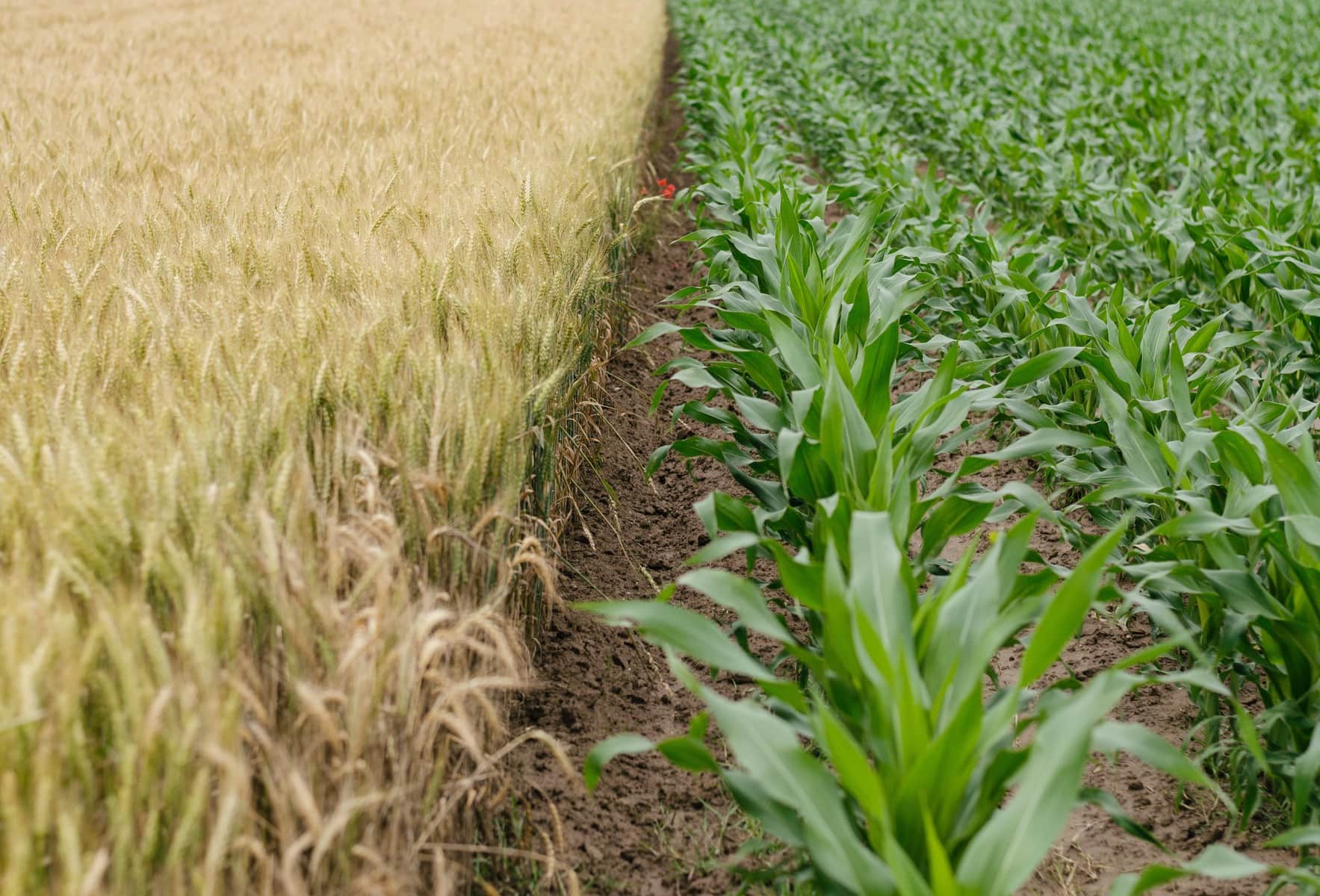
Crop rotation might sound like something out of an old farming manual, but it’s a practice that’s still super important today. Why is crop rotation important? It helps keep soil healthy, reduces pests, and can even boost crop yields. By changing the types of crops grown in a specific area each season, farmers can prevent soil depletion and maintain a balanced ecosystem. This method has been used for centuries and continues to be a key strategy in sustainable agriculture. Ready to learn more? Here are 27 fascinating facts about crop rotation that will give you a deeper understanding of this age-old farming technique.
What is Crop Rotation?
Crop rotation is an agricultural practice where different crops are planted in the same area across different seasons or years. This method helps maintain soil health, reduce pest and disease problems, and improve crop yield. Let's dive into some fascinating facts about crop rotation.
Historical Roots of Crop Rotation
Crop rotation isn't a new concept. It has been practiced for centuries, evolving over time to suit different agricultural needs.
- Ancient Egyptians and Romans used crop rotation to improve soil fertility and reduce crop diseases.
- The three-field system, developed in medieval Europe, allowed farmers to rotate between three different crops, leaving one field fallow each year.
- George Washington Carver promoted crop rotation in the early 20th century to help Southern farmers restore nitrogen to their soil.
Benefits of Crop Rotation
The advantages of crop rotation extend beyond just soil health. It impacts the entire farming ecosystem.
- Rotating crops helps break pest and disease cycles, reducing the need for chemical pesticides.
- Different crops have varying nutrient requirements, so rotating them prevents soil nutrient depletion.
- Legumes, such as beans and peas, fix nitrogen in the soil, benefiting subsequent crops.
- Crop rotation can improve soil structure and reduce erosion.
- It can lead to higher yields and better-quality crops over time.
Types of Crop Rotation Systems
There are various crop rotation systems, each tailored to specific farming needs and environmental conditions.
- Monoculture involves growing the same crop year after year, which can lead to soil degradation.
- The two-field system alternates between two crops, often a grain and a legume.
- The three-field system includes a fallow period, allowing the soil to recover.
- The four-field system, popularized during the British Agricultural Revolution, rotates between four different crops, including a root crop and a legume.
Environmental Impact of Crop Rotation
Crop rotation plays a significant role in sustainable agriculture and environmental conservation.
- It reduces the need for synthetic fertilizers and pesticides, lowering the environmental footprint of farming.
- Crop rotation can enhance biodiversity by supporting a variety of plant and animal species.
- It helps sequester carbon in the soil, mitigating climate change.
- Rotating crops can improve water retention in the soil, reducing the need for irrigation.
Crop Rotation in Modern Agriculture
Modern farming practices have adapted crop rotation to suit large-scale agricultural operations.
- Precision agriculture uses technology to optimize crop rotation schedules and improve efficiency.
- Organic farming often relies on crop rotation to maintain soil health and reduce pest problems.
- Cover cropping, a form of crop rotation, involves planting non-harvested crops to protect and enrich the soil.
- Intercropping, another variation, involves growing multiple crops in the same field simultaneously.
Challenges and Considerations
While crop rotation offers many benefits, it also comes with challenges that farmers must navigate.
- Planning and managing crop rotation schedules can be complex and time-consuming.
- Some crops may not be suitable for rotation due to specific soil or climate requirements.
- Market demand for certain crops can influence rotation decisions, sometimes leading to less optimal choices for soil health.
- Crop rotation may require additional equipment and labor, increasing operational costs.
Future of Crop Rotation
As agriculture continues to evolve, crop rotation remains a vital practice for sustainable farming.
- Advances in biotechnology could lead to new crop varieties that enhance the benefits of rotation.
- Climate change may impact crop rotation patterns, requiring farmers to adapt their practices.
- Ongoing research and innovation will likely uncover new ways to optimize crop rotation for better yields and environmental outcomes.
The Power of Crop Rotation
Crop rotation isn't just an old farming trick; it's a game-changer for sustainable agriculture. By rotating crops, farmers can improve soil health, reduce pests, and boost yields. This practice helps maintain a balance of nutrients in the soil, preventing depletion and reducing the need for chemical fertilizers. It also disrupts pest and disease cycles, making crops more resilient. Plus, rotating crops can enhance biodiversity, supporting a healthier ecosystem.
Farmers who embrace crop rotation often see better results and contribute to a more sustainable future. This method proves that sometimes, the old ways are the best ways. So next time you think about farming practices, remember the power of crop rotation. It's a simple yet effective way to keep our soil healthy and our food supply secure.
Was this page helpful?
Our commitment to delivering trustworthy and engaging content is at the heart of what we do. Each fact on our site is contributed by real users like you, bringing a wealth of diverse insights and information. To ensure the highest standards of accuracy and reliability, our dedicated editors meticulously review each submission. This process guarantees that the facts we share are not only fascinating but also credible. Trust in our commitment to quality and authenticity as you explore and learn with us.


